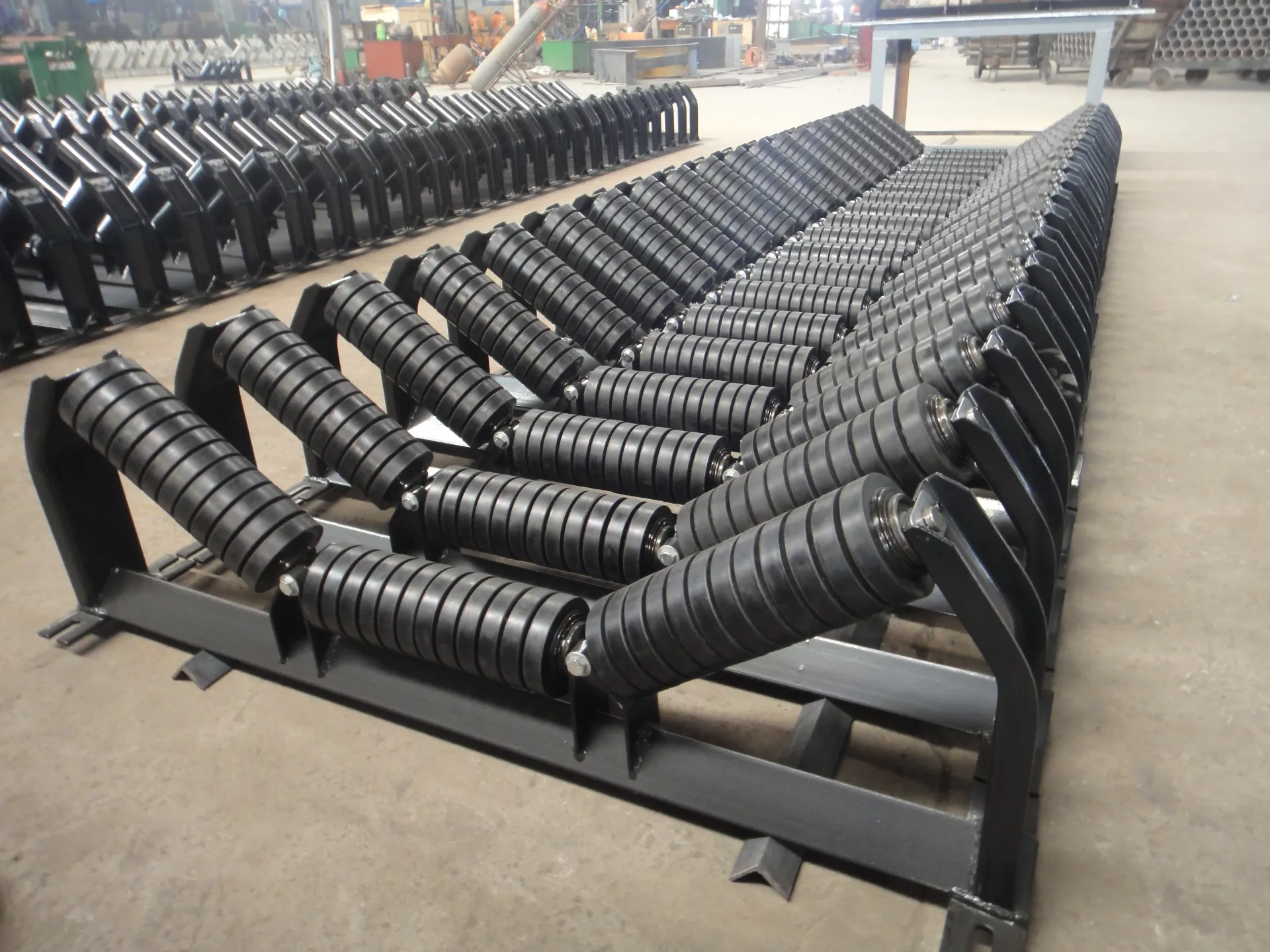 Afrikaans
Afrikaans  Albanian
Albanian  Amharic
Amharic  Arabic
Arabic  Armenian
Armenian  Azerbaijani
Azerbaijani  Basque
Basque  Belarusian
Belarusian  Bengali
Bengali  Bosnian
Bosnian  Bulgarian
Bulgarian  Catalan
Catalan  Cebuano
Cebuano  Corsican
Corsican  Croatian
Croatian  Czech
Czech  Danish
Danish  Dutch
Dutch  English
English  Esperanto
Esperanto  Estonian
Estonian  Finnish
Finnish  French
French  Frisian
Frisian  Galician
Galician  Georgian
Georgian  German
German  Greek
Greek  Gujarati
Gujarati  Haitian Creole
Haitian Creole  hausa
hausa  hawaiian
hawaiian  Hebrew
Hebrew  Hindi
Hindi  Miao
Miao  Hungarian
Hungarian  Icelandic
Icelandic  igbo
igbo  Indonesian
Indonesian  irish
irish  Italian
Italian  Japanese
Japanese  Javanese
Javanese  Kannada
Kannada  kazakh
kazakh  Khmer
Khmer  Rwandese
Rwandese  Korean
Korean  Kurdish
Kurdish  Kyrgyz
Kyrgyz  Lao
Lao  Latin
Latin  Latvian
Latvian  Lithuanian
Lithuanian  Luxembourgish
Luxembourgish  Macedonian
Macedonian  Malgashi
Malgashi  Malay
Malay  Malayalam
Malayalam  Maltese
Maltese  Maori
Maori  Marathi
Marathi  Mongolian
Mongolian  Myanmar
Myanmar  Nepali
Nepali  Norwegian
Norwegian  Norwegian
Norwegian  Occitan
Occitan  Pashto
Pashto  Persian
Persian  Polish
Polish  Portuguese
Portuguese  Punjabi
Punjabi  Romanian
Romanian  Russian
Russian  Samoan
Samoan  Scottish Gaelic
Scottish Gaelic  Serbian
Serbian  Sesotho
Sesotho  Shona
Shona  Sindhi
Sindhi  Sinhala
Sinhala  Slovak
Slovak  Slovenian
Slovenian  Somali
Somali  Spanish
Spanish  Sundanese
Sundanese  Swahili
Swahili  Swedish
Swedish  Tagalog
Tagalog  Tajik
Tajik  Tamil
Tamil  Tatar
Tatar  Telugu
Telugu  Thai
Thai  Turkish
Turkish  Turkmen
Turkmen  Ukrainian
Ukrainian  Urdu
Urdu  Uighur
Uighur  Uzbek
Uzbek  Vietnamese
Vietnamese  Welsh
Welsh  Bantu
Bantu  Yiddish
Yiddish  Yoruba
Yoruba  Zulu
Zulu idlers and rollers
Idlers and Rollers The Unsung Heroes of Machinery
In the intricate world of machinery and mechanical engineering, idlers and rollers might not immediately stand out as the most glamorous components. However, these seemingly simple elements play a crucial role in determining the efficiency, effectiveness, and longevity of countless systems. Understanding their functions and applications opens a window into the remarkable engineering feats that facilitate modern life.
The Basics of Idlers and Rollers
At their core, idlers and rollers are mechanical components designed to guide, support, or move objects. Idlers typically refer to pulleys or wheels that do not drive a system but serve to redirect a belt or chain. Their primary role is to ensure that the belt or chain operates smoothly, reducing wear and tear while ensuring proper tension. Rollers, on the other hand, are generally used to support moving parts, either facilitating movement or reducing friction. They are essential in conveyor systems, material handling equipment, and various types of machinery, enabling the efficient transport of goods and materials.
Applications Across Industries
The applications of idlers and rollers are vast and varied, spanning numerous industries from manufacturing to transportation, and even in everyday machinery. For instance, in the mining industry, conveyor belts equipped with idlers and rollers are essential for transporting mined materials from underground to the surface. These systems must withstand heavy loads and harsh conditions, making the selection of durable and high-quality idlers and rollers paramount.
In the automotive sector, rollers are crucial elements in engine timing belts and systems. They help maintain the correct tension, ensuring optimal performance and preventing potential failures that could lead to costly repairs. The aerospace industry also employs idlers and rollers extensively, where precision and reliability are critical. From guiding various components in the aircraft assembly process to facilitating the movement of cargo, these components contribute to the safety and efficiency of air travel.
The Engineering Behind Idlers and Rollers
idlers and rollers

The design and manufacturing of idlers and rollers involve a blend of materials science, mechanical engineering, and precision manufacturing. Engineers must consider several factors, including load capacity, operational environment, and wear resistance. The materials used can vary from robust metals to advanced polymers, chosen based on the specific requirements of the application.
Moreover, the design of these components often requires sophisticated computer-aided design (CAD) tools and analytical methods to simulate performance under different load conditions. Innovations in technology have led to the development of enhanced idler and roller designs that optimize performance, ensuring smoother operations and reduced energy consumption.
The Impact of Idlers and Rollers on Efficiency
One of the primary benefits of effective idler and roller systems is the increase in operational efficiency. By minimizing friction and ensuring proper alignment, these components can significantly reduce the energy required to move materials or components. This efficiency translates into lower operational costs and less wear on machinery, leading to longer service life and reduced maintenance needs.
In an age where sustainability and energy efficiency are more critical than ever, the role of idlers and rollers cannot be understated. By optimizing the mechanisms they support, these components contribute not only to the cost-effectiveness of operations but also to reducing the overall environmental impact of various industries.
Conclusion
In conclusion, while idlers and rollers may not be the most glamorous components in the realm of machinery, their importance cannot be overlooked. They are essential to the functionality and efficiency of countless systems across numerous industries. Understanding their role helps us appreciate the complexity and interconnectedness of modern engineering solutions. As technology continues to evolve, innovations in the design and material used for these components will likely enhance their performance, leading to even greater efficiencies and advancements in various fields. In many ways, idlers and rollers are the unsung heroes of machinery — quietly enabling our modern world to function smoothly and efficiently.
-
Revolutionizing Conveyor Reliability with Advanced Rubber Lagging PulleysNewsJul.22,2025
-
Powering Precision and Durability with Expert Manufacturers of Conveyor ComponentsNewsJul.22,2025
-
Optimizing Conveyor Systems with Advanced Conveyor AccessoriesNewsJul.22,2025
-
Maximize Conveyor Efficiency with Quality Conveyor Idler PulleysNewsJul.22,2025
-
Future-Proof Your Conveyor System with High-Performance Polyurethane RollerNewsJul.22,2025
-
Driving Efficiency Forward with Quality Idlers and RollersNewsJul.22,2025





























